Wildlife Rehabilitator Slang
10,000 Birds
AUGUST 29, 2014
To civilians who may have been puzzled by the wildlife crowd’s tossed-off references to peefas, modos or mice cubes, here is a beginner’s guide to Rehabberspeak. Maureen Eiger categorizes any unidentifiable featherless nestlings as “ Tufted Puffins ;” to Letitia Labbie, they’re “Eggs With Legs.”. Here’s an example.


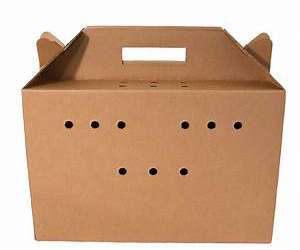
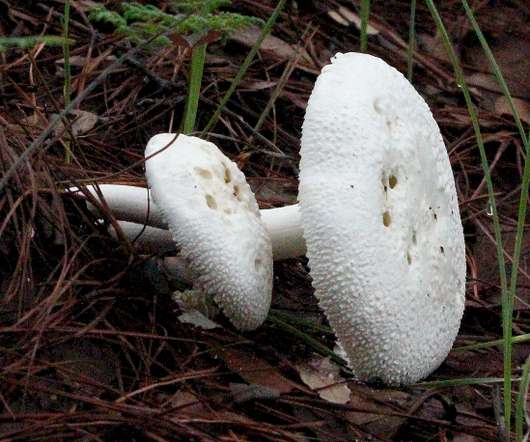
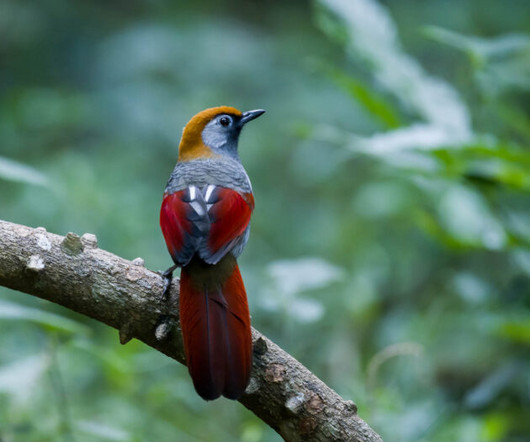
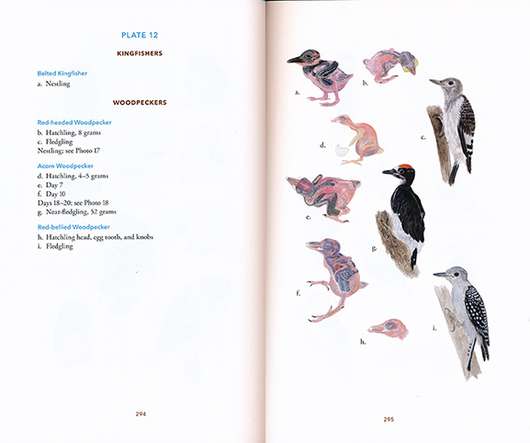




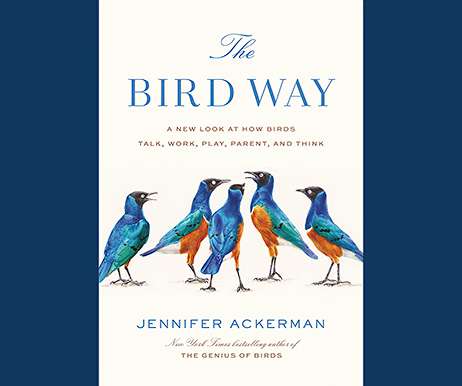






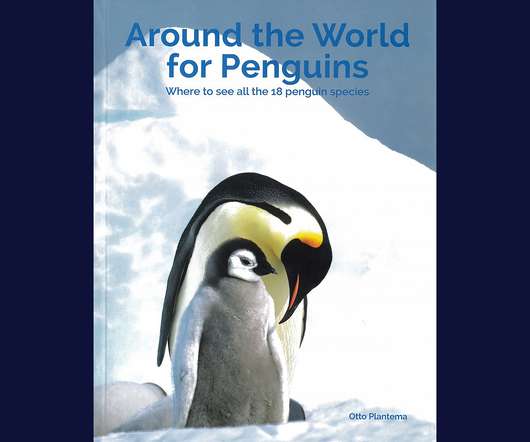


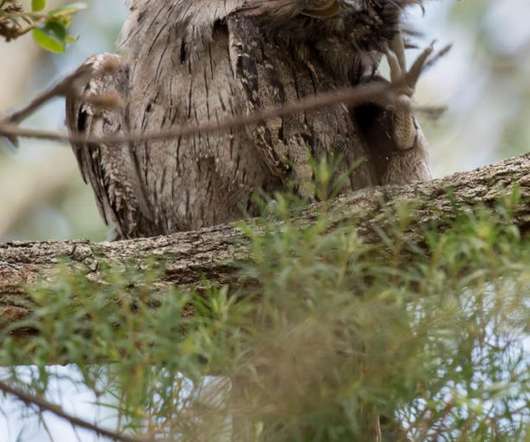


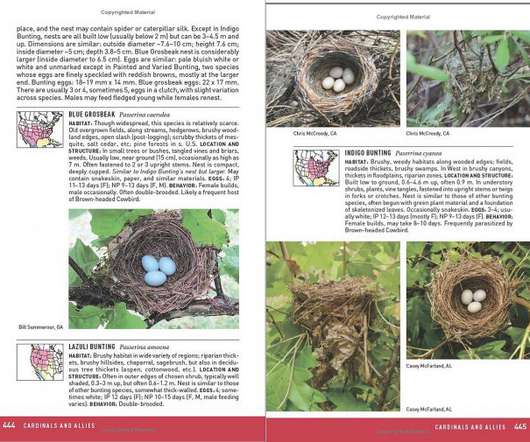










Let's personalize your content